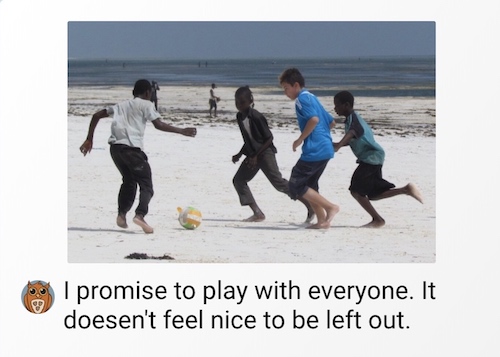Imagine attending a graduation banquet where the graduates are wearing the same dresses and suits, all in exactly the same color. Wouldn’t this be odd? It would feel more like a dystopian gathering than a celebration. Now imagine going to a symphony concert and there are fifty clarinetists on the stage. They play their part perfectly but the rest of the orchestra is missing; so it’s not a symphony at all. We’d probably ask for our money back. We can continue this metaphor with many different examples. A bowl of strawberries is not a fruit salad; a field of purple tulips is not a garden; and so on. The diversity of sights, tastes, scents, and sounds is what makes the experience worthwhile.
And yet, when people encounter differences in each other, they may feel wary, threatened, or even angry. Should we not view the world’s cultures, languages, food, belief systems, traditions, identities, outward appearances and inner dreams as something as beautiful as a garden or a symphony?
Do we celebrate diversity?

Diversity Lesson Plan
WriteReader is proud to be part of a global community, which stands for promoting and welcoming diversity. With this as our foundation, we humbly offer a Diversity Lesson Plan to add to the important conversations that so many leaders in the community have already started. The goals of this lesson plan are for children to:
- Recognize and accept similarities & differences in the places where they live, learn, and play.
- Commit to being inclusive through their thoughts, words, and actions.
- Use writing to accept and celebrate diversity as a strength.

Background Knowledge for Adults
Our lesson plan includes many links to important articles and resources to help you feel prepared to answer questions and guide the conversation with sincerity, sensitivity, and confidence. Here are some to get you started:
- Tolerance.org
- The Myth of Colorblindness
- National Association for the Education of Young Children
- Advocates for Youth
Also, many community resources and organizations (such as Show Racism the Red Card) are able to come out to schools, clubs, or day camps to lead or take part in diversity discussions and activities. Check with the public libraries, non-profits, sports teams, and civic leaders in your area.

Children’s Learning
Children learn through exploration, but also by watching and listening. They will often mimic the important adults in their lives. Let’s commit to discussing diversity openly in our homes, schools, organizations, and communities. Let’s commit to creating a culture of inclusivity or improving on what has already been established. Do it for the sake of the children, so that they can live in countries and communities where they are valued; so they will grow up to make this world a better place because they have a dream and a voice.
Nelson Mandela once said, ’No one is born hating another person because of the color of his skin, or his background, or his religion. People must learn to hate, and if they can learn to hate, they can be taught to love, for love comes more naturally to the human heart than its opposite.’ Anyone who has held or cared for an infant knows this to be true; a child has the innate ability to love unconditionally. Maybe by acknowledging the similarities and differences in each other and celebrating those characteristics, it will be the children who have a profound impact on adults and the future of our societies. For we are only as strong as we stand united, or as weak as we are divided.
You can access our Diversity Lesson Plan for detailed resources, and check out the ways to incorporate it into your classrooms.
Happy writing!
